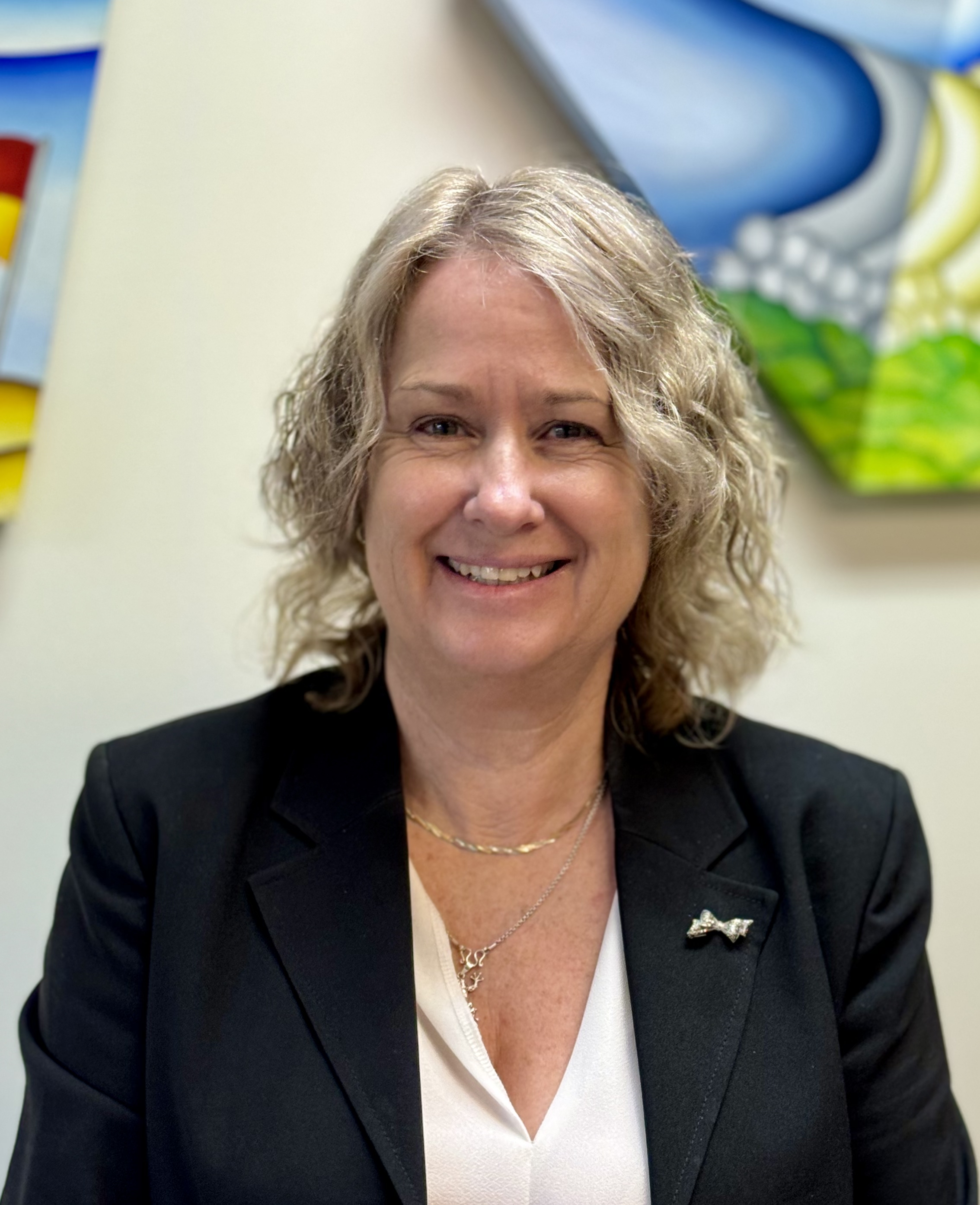
Pure & Applied Mathematics Seminar
We host a weekly seminar in pure and applied mathematics, with topics of broad mathematical interest, attended by academic staff and graduate students. Our seminars are in person only.
Seminar contact
We welcome proposals for potential speakers. Please email to propose a seminar, or if you would like to be added to the seminar mailing list.
- Email: dave.smith@newcastle.edu.au or andreas.heinecke@newcastle.edu.au
- Contact: Dave Smith or Andreas Heinecke
2026 Semester 1
| Week | Date | Time | Speaker | Location |
|---|---|---|---|---|
| 0 | Friday 23 January 2026 | 12:00-13:00 | Priya Subramanian | SR202 |
| 2 | Friday 06 February 2026 | 12:00-13:00 | Panayotis Kevrekidis | SR202 |
Teaching an old dog some new tricks: from discrete solitons and vortices, to rogue waves, flat bands and PINNs in variants of the discrete nonlinear Schrodinger modelIn this talk we will revisit nonlinear dynamical lattices, starting with an overview of their physical applications in atomic, optical, mechanical and metamaterial systems. Then we will focus most notably on the prototypical discrete nonlinear Schrodinger (DNLS) model, one of the countless areas where Mark Ablowitz's insights and contributions have shaped our understanding and produced numerous (with many still ongoing) research directions. We will explore at first some of its main features, including discrete solitons, discrete vortices and related structures in 1d, 2d and 3d, not only in square, but also in other lattice patterns (hexagonal, honeycomb, etc.). If time permits, motivated by recent experimental and mathematical developments, we will consider some interesting recent variants on the theme, such as, e.g., what happens in Kagome' lattices. This will motivate a discussion of the notion of so-called flat bands and compactly supported nonlinear states therein. We will discuss simple methods of producing lattices with flat bands, and some experimental implementations thereof in electrical circuits. Compactly supported nonlinear states will also be seen to arise from nonlinearly dispersive variants of the model recently proposed in the context of the mathematical analysis of turbulent cascades. We will also touch upon extreme events and so-called rogue waves in integrable and non-integrable variants of the model. We will end with some machine-learning inspired touches of how to "discover" such lattices from data, using Physics-Informed Neural Networks (PINNs) and how to improve PINNs using the symmetries of the lattice. | ||||
| 4 | Friday 20 February 2026 | 12:00-13:00 | Edward Bissaker | SR202 |
| 5 | Friday 27 February 2026 | 12:00-13:00 | Kamilla Rekvenyi | SR202 |
| 6 | Friday 6 March 2026 | 12:00-13:00 | Jakob Zech | SR202 |
| Recess | Friday 13 March 2026 | 12:00-13:00 | Facundo Mémoli | SR202 |
| 7 | Friday 20 March 2026 | 12:00-13:00 | Peter Szmolyan | SR202 |
| 8 | Friday 27 March 2026 | 12:00-13:00 | John Voight | SR202 |
| 9 | Friday 3 April 2026 | No seminar due to public holiday | ||
| 12 | Friday 24 April 2026 | 12:00-13:00 | Patrice Koehl | SR202 |
| Exam 1 | Friday 1 May 2026 | 12:00-13:00 | Peter Kim | SR202 |
2026 Winter Semester
| Week | Date | Time | Speaker | Location |
|---|---|---|---|---|
| 6 | Friday 3 July 2026 | 12:00-13:00 | Marta Lewicka | SR202 |
Past seminars
Seminars since 2025 Semester 1 are archived.
The University of Newcastle acknowledges the traditional custodians of the lands within our footprint areas: Awabakal, Darkinjung, Biripai, Worimi, Wonnarua, and Eora Nations. We also pay respect to the wisdom of our Elders past and present.
